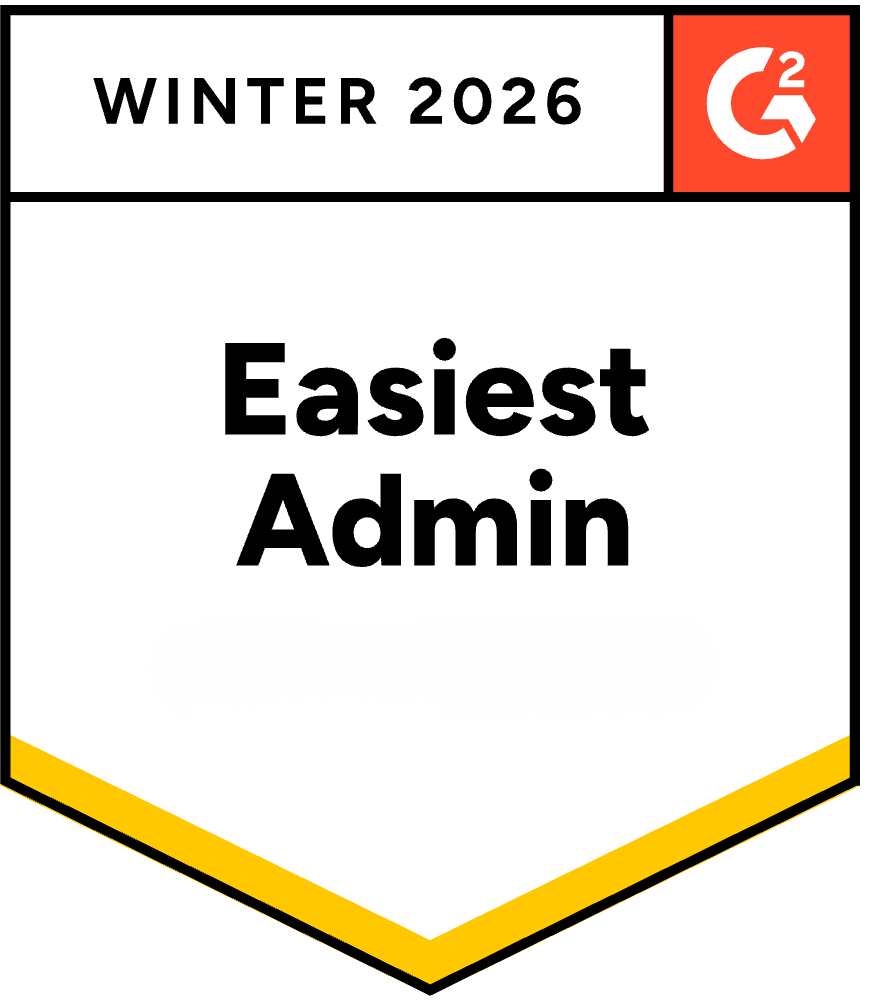There are two main types of cash flow forecasting: short term and long term. Short-term forecasting predicts the company’s cash flow for under 12 months, while long-term forecasting looks beyond twelve months. Financial professionals often agonize over which one to use, but most organizations need both.
What is Short-Term Cash Forecasting?
Short-term forecasting looks at the cash inflows and outflows over a shorter period. Standard projection intervals include 30 days, sixty days, or 90 days. Financial professionals use this to predict short-term liquidity problems and make decisions about short-term investments.
What Is the Importance of a Short-Term Cash Forecasting?
Short-term forecasting uses historical data, current trends, and reasonable assumptions about the future to predict cash flow. One of the best advantages of short-term forecasting is that shorter periods involve fewer variables. Consequently, it can lead to more accurate forecasts than 12-month projections.
Accountants can also easily integrate short-term projections into long-term cash flow forecasts.
Doing so can answer these types of questions:
- How much cash do we have on hand, and when will it run out?
- What potential issues might arise in terms of cash flow management and what can we do to address those issues proactively?
- What are our short-term financing needs?
- What are the cash flow implications of upcoming investments or projects?
However, there are also disadvantages to short-term cash forecasting:
- High investment. The benefit may not justify the cost needed to invest in many cash flow forecasting technologies
- Inaccurate data. Accurate short-term cash flow forecasting must be based on accurate and error-free data, which can be difficult to maintain. Inaccurate forecasts may lead to poor business decisions.
- Complex cash flow. Businesses with irregular cash flow due to factors such as unpredictable customer behavior, challenges with inventory management and sudden changes in hiring. Multiple revenue streams can also make short-term forecasting challenging, as each could experience wide variety in sales due to seasonality and promotions.
What Is Long-Term Cash Forecasting?
Long-term cash flow forecasting calculates cash flow for 12 months or more. Some can span several years or break into several twelve-month periods. Financial professionals use long-term cash flow forecasts to predict a company’s ability to generate cash in the future and to make long-term investment decisions.
What Is the Importance of a Long-Term Cash Forecasting?
Long-term forecasting uses the same data as short-term forecasts, but it looks at historical data over a more extended period. One of the best advantages of long-term forecasting is that it helps managers better understand and estimate the future returns on current investments. Additionally, it allows accountants to ascertain whether they need to adjust credit strategies.
There are several differences between short- and long-term forecasting, but the main one is that short-term forecasts are more reactive, while long term forecasts are more proactive. Long-term forecasts can help organizations answer these and other essential questions:
- How much money will we need for capital expenditures in the future?
- How will new products or services affect our cash flow?
- How might certain business investments affect us in the future?
- What are our long-term financing needs?
However, there are also disadvantages to long-term cash forecasting:
- Market uncertainty. Real estate and tech bubbles, economic recessions, and other black swan events are more likely to occur as more time goes on, and must be factored into your forecast.
- Requires more time and resources. Gathering data over longer periods may require cross-collaboration with teams and even manual data collection.
- Lack of historic data. Your business may not even have enough past data to make an accurate forecast of its cash flow for the long term.
- Overlooks more immediate cash flow needs. While long-term cash forecasting has its place, it may be done at the cost of a more reactive approach that attends to immediate needs for cash liquidity.
Forcast A/R and More with Gaviti

Gaviti’s accounts receivable automation solution streamlines your A/R processes and helps your team work better. Make better credit decisions, lower DSO, and reconcile payments with near perfection. Schedule a demo to learn more.
Schedule a Product Demo7 Common Cash Flow Forecast Methods
There are various cash flow forecast methods, but which one you use will depend on the data you have and the questions you’re trying to answer.
Consider these common methods:
- Cash budgeting: This approach creates a projected cash flow for a specific period, usually one year.
- Judgmental: This approach uses the financial professional’s experience and judgment to make predictions.
- Ratio analysis: This method compares different aspects of a company’s financial health to cash flow to find correlations.
- Regression analysis: This approach uses historical data to identify relationships between different factors and cash flow.
- Simulation: This method uses mathematical models to simulate different scenarios and predict their effect on cash flow.
- Statement analysis: This approach looks at a company’s financial statements to see trends and relationships between different factors and cash flow.
- Trend analysis: This method looks at how past cash flow has changed over time and attempts to predict future trends.
What Are the Advantages of Automated Cash Flow Forecasting?
Automation eliminates the manual components behind the data collection process, making it more efficient. Yet some companies have done forecasting by hand and spreadsheet software for so long that they need a lot of convincing. If you are undecided or need to convince the decision-makers in your company, consider the following benefits:
- Availability of the historical view of cash flow trends at all times
- Easy identification of relationships and trends in the data
- Increased accuracy and consistency of data due to automation of the data collection process
- Real-time updates as circumstances change
- Reduction in time it takes to generate forecasts
How Can Accounts Receivable Automation Software Help?
Gaviti’s invoice-to-cash A/R management and automation platform helps organizations streamline their entire A/R lifecycle, from invoice distribution and credit monitoring through cash application, disputes and deductions.
Its modules include:
- Accounts Receivable Analytics. Aggregate information about your receivables into one customer dashboard that includes comprehensive metrics such as Median Days Delinquent (MDD), best DSO, customer risk and other metrics that contribute to more accurate short and long-term payment forecasting.
- Credit Management and Monitoring. Automatically manage customer credit from the credit application process through ongoing monitoring with real-time credit risk alerts that could be a result of economic instability or other market forces. Integrate both external data, such as economic forecasts, with internal data, such as ERPs and accounting systems, to ensure the most accurate credit management and cash flow forecasting.
- Customer Self-Service Portal. Increase the likelihood of timely payments from customers by offering multiple payment methods, including credit cards, debit cards, ACH transfers, electronic payments, and more. Support multiple currencies through integration with multiple payment gateways and processors, including Stripe and Bluesnap. Gathering this data helps you identify any patterns in customer behavior to predict cash flow more accurately.
- Cash Application. Automate the process of matching customer payments with corresponding open invoices with the help of Gaviti’s Self-Service Payer Portal. Match payments with the corresponding invoices, ensuring precise application and reconciliation of payments with the help of AI-driven algorithms – and a stronger foundation for cash flow forecasting.
- Dispute Management and Deductions. Streamline the tracking, coding, routing, and resolution of customer invoice deductions and disputes. Automate workflows and foster collaboration using a centralized hub that tracks and manages customer invoice deductions and disputes to maintain financial records that are accurate and transparent.
Want to learn more about how Gaviti can help you automate your cash flow forecasting? Speak to a specialist today!






















